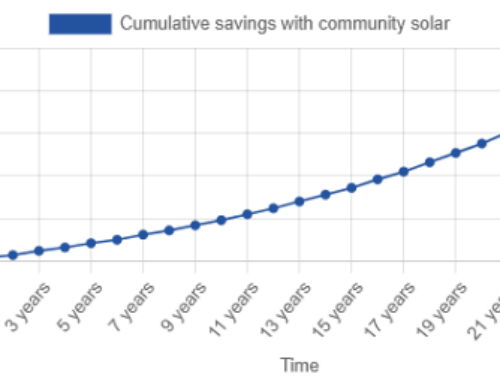U.S. Cannabis Employment Declines Amid Strategic Staffing And Growing Sales, Report Finds
May 26, 2025
Jobs in the cannabis industry went down by 3.4% in 2024, even though retail sales went up by 4.5%, signalling that companies are changing the way they approach hiring, focusing more on strategy than expansion, according to a new report released this month by cannabis hiring platform Vangst along with consulting firm Whitney Economics.
The 2025 Cannabis Jobs Report showed that by early 2025, 425,002 people were working in the legal cannabis sector in the U.S., a 3.4% drop compared to the year before.
This comes amid legal cannabis sales in the U.S. reaching $30.1 billion in 2024, a 4.5% increase from the previous year, and it is expected to reach $34 billion by 2025.
The drop in employment, according to the report, was tied to several factors, including strict regulations, difficult market conditions and a reduction in the number of licenses in some areas, but also due to market consolidation, “especially in mature cannabis state markets,” where “is taking place and this will have an impact on the employment outlook.”
Shifting Staffing Strategies In the Cannabis Industry
The industry is experiencing a shift in the strategy on how to hire people, the report highlighted.
While initially, many cannabis businesses rushed to expand and hire quickly to position themselves in the market, now, with tighter profit margins, rising regulatory costs, and unpredictable consumer demand, companies are focusing on running their businesses more efficiently rather than growing headcounts.
This shift in staffing has led to smaller, more efficient teams, where employees are trained to handle multiple roles and resources are used more thoughtfully to get better results.
“While total employment numbers have dipped slightly, the industry is maturing into a more disciplined employer segment, prioritizing profitability and workforce stability over rapid headcount expansion,” the report reads.
But there is another aspect to take into account. Full-time hiring is becoming more selective, while short-term and temp-to-hire jobs are becoming more common in the cannabis industry. This is especially true in growing, processing, and manufacturing, signaling that businesses are turning to seasonal and flexible workers to handle flexible demand while also controlling labor costs.
This approach would help companies to continue their operations and, at the same time, give workers a chance to enter the industry, as in many situations, temporary roles can turn into long-term positions.
More Licenses, More Jobs. But Also More Volatility
A look at job trends at the state level reveals that jobs grew in newer markets like New York, Ohio, New Jersey, and Missouri. This is due to an increase in licenses and new retail store openings. This trend helped offset job losses in more established markets such as California, Colorado, Oregon, and Washington, where oversupply, declining prices, and high taxes posed significant challenges.
States like California and Michigan continue to hire more, with 74,623 and 45,000 jobs in 2024, respectively, not just because of their strong revenues but also due to the high number of licenses they issue.
Some of the states with the highest cannabis taxes, such as Illinois, California, and Washington, also experienced the largest declines in employment within the cannabis industry.
The report also noted that “states with relatively unlimited licenses tend to drive the most employment. However, these same states have more churn and downside risks due to over-saturation and price declines,” signaling the natural evolution of these markets as they mature.
But there are also other factors contributing to the job decline, such as price compression caused by oversupply, which has forced many operators to cut costs, including labor expenses.
Meanwhile, the report noted that the lack of federal reforms, such as delays in rescheduling cannabis and changes to banking policies, has prolonged uncertainty.
The report also highlights that this situation would prompt many employers to adopt a cautious approach to hiring, adding that, without significant federal reforms or tax relief, most operators are likely to maintain conservative hiring strategies.
Search
RECENT PRESS RELEASES
Related Post



